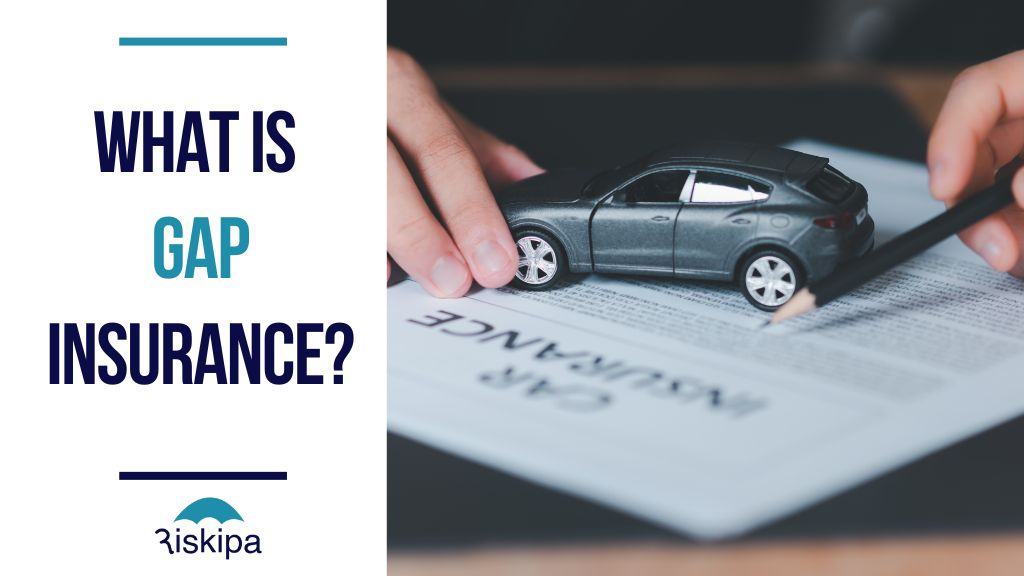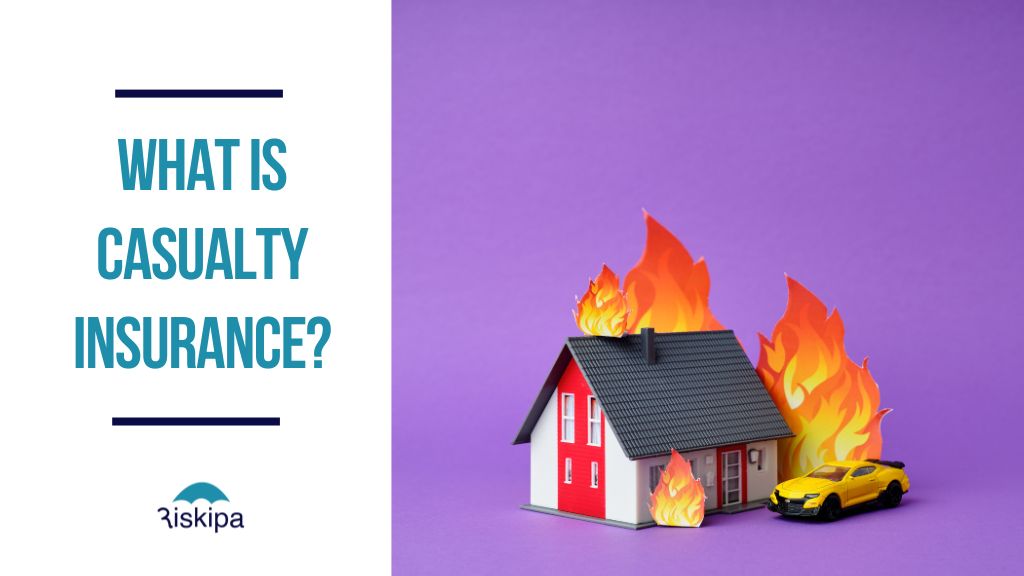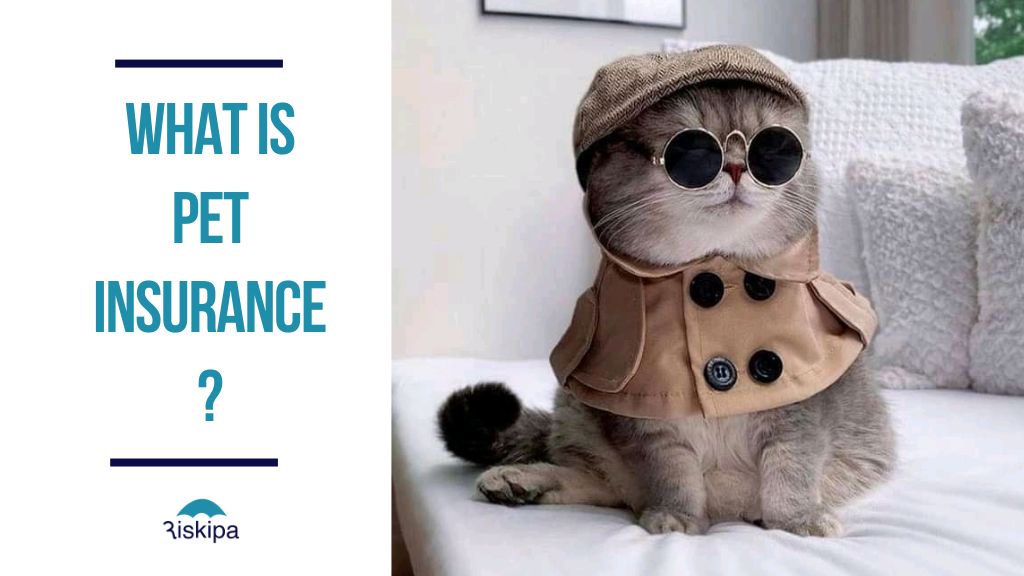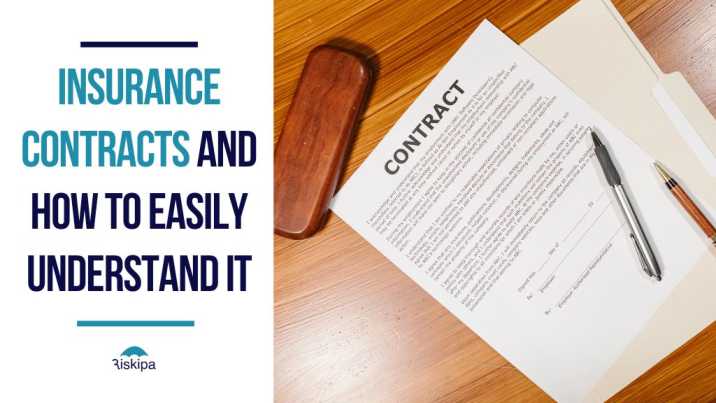
You probably might have heard of car insurance, but have you ever wondered what gap insurance is? Well, this guide will break it down for you.
Here is a glimpse – Gap insurance is also known as guaranteed asset protection. It is a form of insurance coverage that protects you from the terrifying “coverage gap” that happens when your car is stolen or suffers a huge loss in an accident.
What is Gap Insurance?
Gap insurance is a type of coverage that offers financial security to vehicle owners in the event of a total loss or theft of their vehicle.
Unlike traditional auto insurance policies which cover the actual cash value (ACV) of the car, gap insurance fills the space between the ACV and the fee owed on the car loan or lease.
Additionally, this coverage is most crucial for individuals who have recently bought a new or used vehicle. This helps cover against the swift depreciation that happens.
Read also: Common Reasons Why Your Claim May Be Denied or Rejected and What to Do
Why Gap Insurance?
It is normal to reason – “Why do I need this extra baggage all in the name of insurance? Isn’t my regular car insurance package enough?” Hey, here’s the gist: in a scenario where your car gets totaled or stolen, your normal car insurance policy will only cover the recent market value of your car, excluding any deductibles.
And this might not be enough to cater to what you owe on your auto loan or lease, which is where gap insurance comes into play. That’s interlinking the financial gap and thus, protecting you from out-of-pocket expenses.
Advantages and Significance
1) Security against Depreciation
One of the primary significance of gap insurance is security against depreciation. In other words, it takes care of the bills when your brand-new vehicle loses value more rapidly than you can say “depreciation.”
2) Financial Protection in Total Loss Events
In this event, gap insurance offers financial protection by covering the difference between the insurance payout and the left loan balance. It makes sure you’re not left out-of-pocket to pay off an existing loan on a vehicle that’s no longer drivable.
3) Offers Tranquility for Leased Vehicles
If you’re driving a leased vehicle, this insurance is even more significant. Most leases call for a certain level of insurance coverage, including gap insurance. And without this insurance, you could violate your lease agreement and face huge penalties.
How does it work?
Gap insurance policies might differ, so it’s vital to have a full grasp of the terms and conditions of your actual policy. It covers the difference between the insurance expense and the amount you owe on your loan or lease. Moreso, it includes coverage for deductibles and other payouts associated with the total loss. However, be sure to peruse the fine print and ask your insurer about any concerns you might have.
Read Also: How to File a Travel Insurance Claim After a Loss or Damage
Factors to Consider in Gap Insurance
Vehicle Depreciation Value
When contemplating whether to take out gap insurance, take into account your vehicle’s depreciation rate. This is because new cars can lose a huge amount of their value in the first few years. Furthermore, If you have a loan or lease, the amount you owe on the vehicle may be greater compared to its current market value when it gets totaled or stolen. Therefore, this insurance helps merge that link between what you owe and what your insurance firm will pay.
Loan or Lease Terms
The terms of your loan or lease agreement also play a big role in deciding whether gap insurance is essential. If you have an extended loan term or a huge interest rate, it might take a while for your vehicle’s value to reach what you owe. Likewise, in an event when your lease agreement includes a big residual value, the gap between what you owe and the vehicle’s worth may be greater.
Gap Insurance Coverage Limits
Different gap insurers provide fluctuating coverage limits. Some may cover up to a specific percentage of the vehicle’s value, while others might have the greatest limit of dollar fee. However, it’s important to understand the coverage limits and go for the one that meets your needs. Ultimately, keep in mind that coverage limits can also influence the price of your premium rates.
Editor’s Recommendations:
 Colors
Colors 








